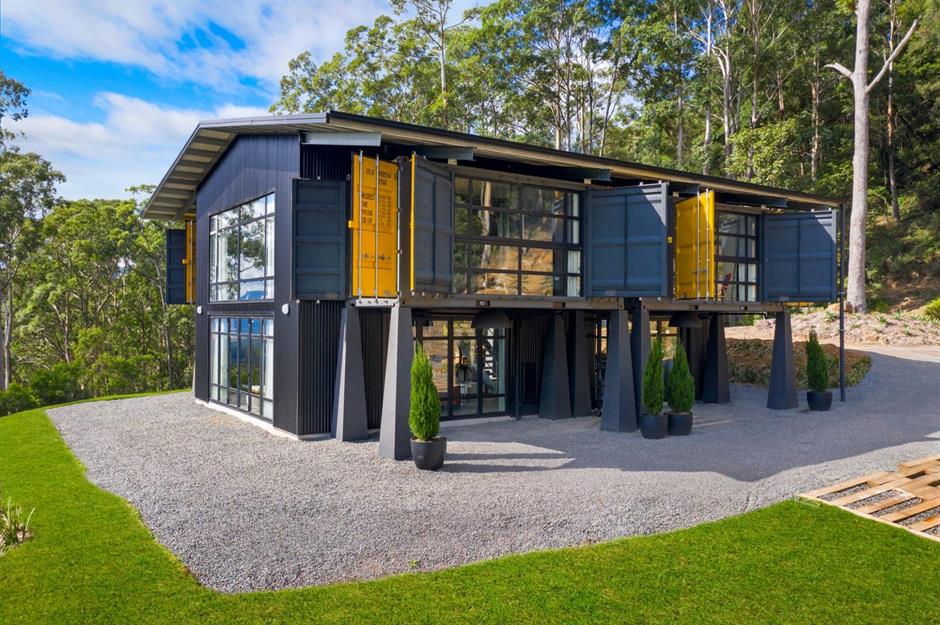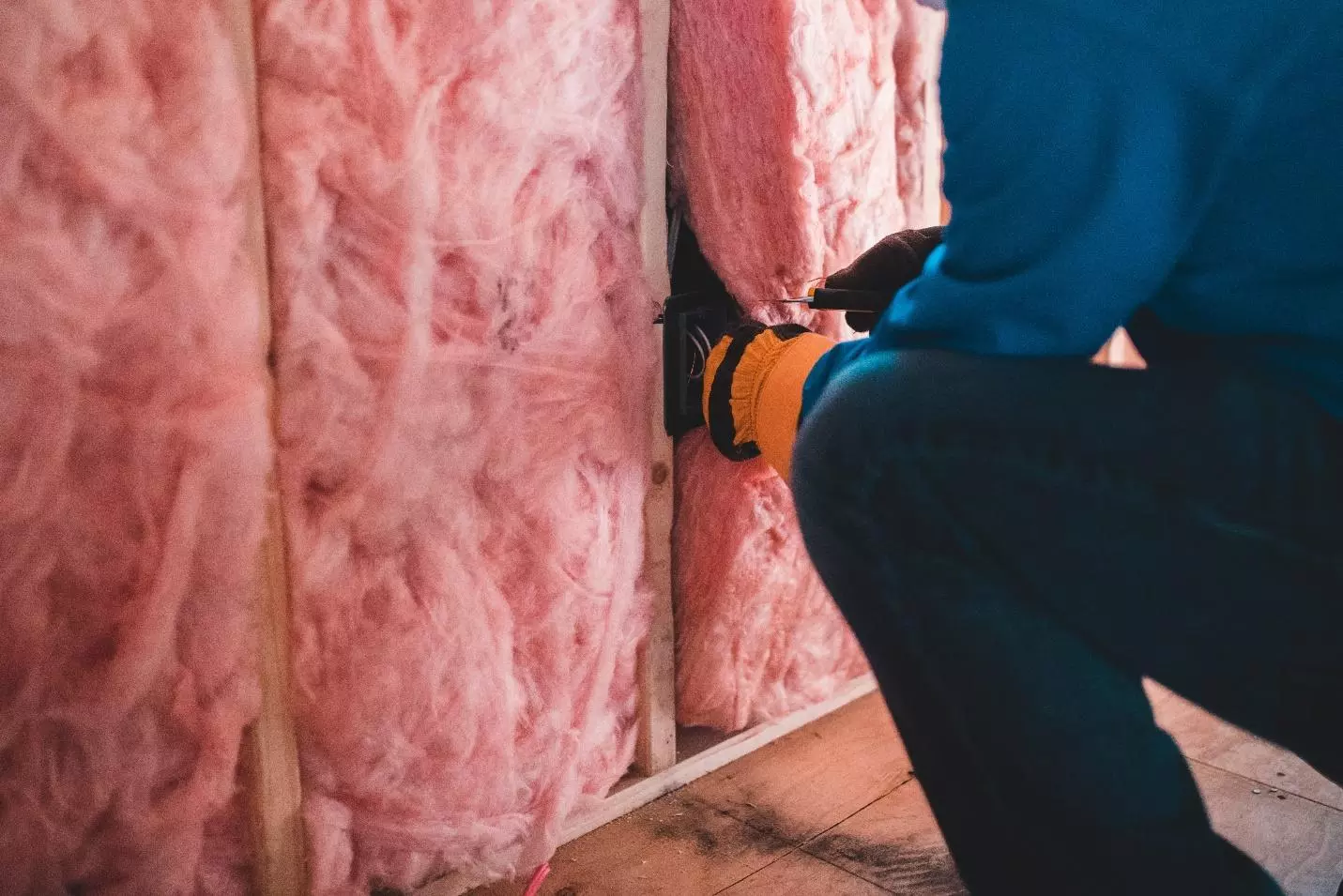Comments
- No comments found

Shipping containers are more than storage spaces and trade vessels — they’re building blocks for homes, too.
You can repurpose a shipping container into a compact and functional living space. If you want to expand the square footage of your unique container home, you can attach more containers to the sides or the ceiling. The more shipping containers you have, the bigger your home can be.
If you’re inspired to build a container home in the near future, you should read this list of essential tips.

You will want “one-trip grade” containers for your home construction. Why? One-trip grade containers are brand new, which means they will be devoid of scratches, rust and other forms of damage. Technically, you can purchase a used container for the project, but you will spend more time and effort preparing it for construction, like removing rust and deep cleaning the interior.
Where can you get this type of container? You can find a one-trip 40ft shipping container for sale through an online shipping container portal. This is the perfect size for a single unit, tiny home. If you want to build a bigger container home, you can purchase multiple containers and stack them.
Don’t just put a shipping container down on the grass and start customizing it. You should lay down a cement foundation first. A cement foundation will add structural integrity to your container home and keep it stable in cases of strong wind — this is especially important when you live in an area that contends with hurricane season every year.
Another advantage of a cement foundation is that it acts as a barrier between the ground and the container floor. Without that separation, groundwater could infiltrate the building and damage the interior.
Shipping containers will lose some of their structural integrity when you cut openings for windows, doors, skylights and vents in them. The more openings you make in the walls, the more the building’s overall strength is affected.
This doesn’t mean you shouldn’t have windows and doors! It simply means that you will want to add additional supports along the interior frame of your container home, just like you would need to add load-bearing walls and beams in a regular house.
Adding supports is especially important when you’re stacking containers on top of each other. Stacking puts more weight on the bottom container. It will need to have that structural durability to carry the other levels without trouble.
Your shipping container already comes with a smooth surface that can function as a flat roof. However, it may not be the best idea to leave this area untouched in your new construction. You may want to add a sloped roof over it.
Why? Precipitation. A sloped roof can stop snow from piling up on the container during the winter. It will also stop rainwater and melted snow from pooling. With a flat roof, snow and water will be difficult to remove. They could disrupt the indoor climate of your home, and they could cause water to leak inside.
Install a sloped roof directly on top of the container’s flat roof. You shouldn’t remove the original “roof” since this could disrupt the structural integrity of the container.
A sloped roof isn’t the only solution for managing precipitation. These are some other changes you could try:
Install gutters along the roof to collect water and redirect it from the foundation.
Install a roof drain into the flat roof to collect water and redirect it from the foundation.
Install a green roof on top of your container. This will absorb rainwater and encourage natural climate control.
Cover the exterior of the container in water-resistant pain. This can protect the structure from problems like rusting and thinning.

Insulation is incredibly important for shipping container homes. Your average shipping container (whether new or used) is not built for comfort. It does not come with insulated walls. You will have to do that during your construction process if you want to live inside it.
Why? Without insulation, your container home will become a sweat box during the summer. In the winter, it will be a refrigerator, even if you have heating appliances indoors. And it will be difficult to control condensation indoors. Condensation can cause problems like mold, mildew, pest infestation and more.
So, you need to insulate your walls, ceilings and floors inside your container home. Make sure contractors add vapor barriers while insulating to keep condensation under control. Seal entrance doors and windows with caulking and weatherstripping so that there are no gaps.
You want to build the best shipping container home possible. So, follow these five tips. They’ll help you get the results you’re looking for.
Leave your comments
Post comment as a guest